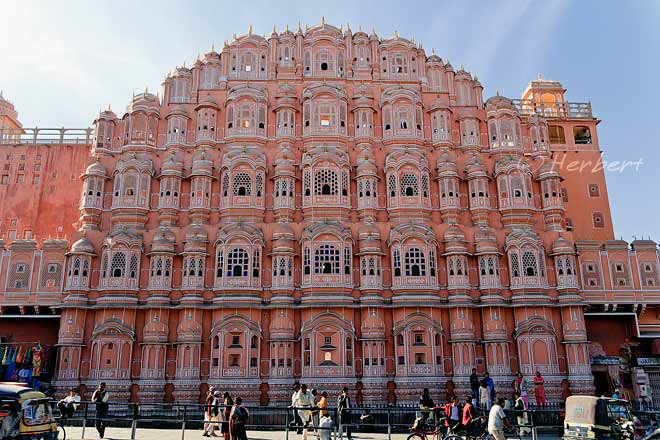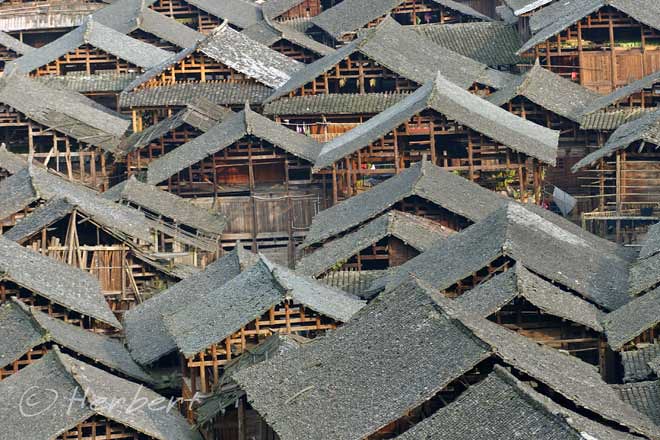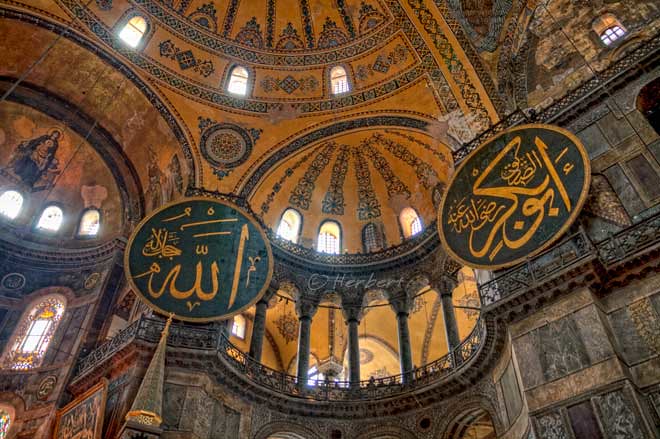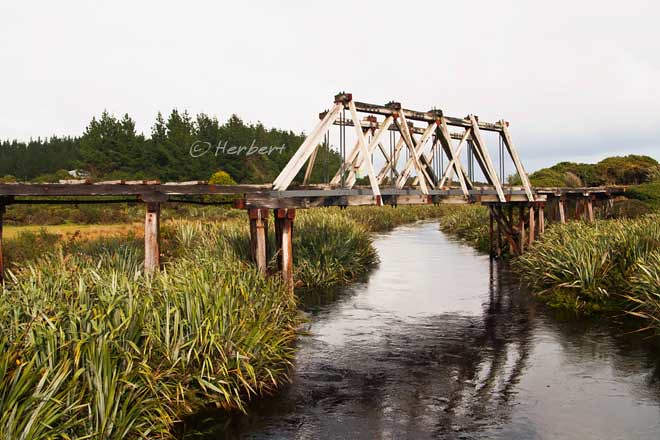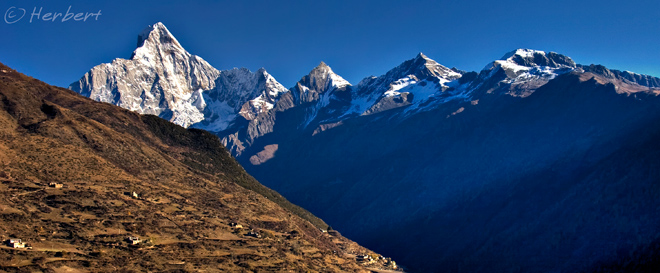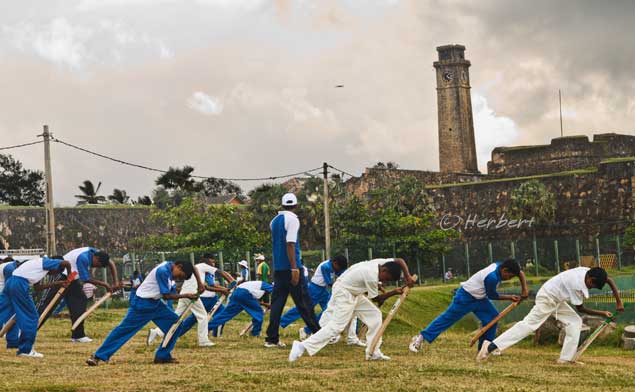
Location: Fort Galle , Galle, Sri Lanka (6° 1′ 53.19″ N, 80° 12′ 58.78″ E)
Date: 12 October 2010, 6.10pm
Camera: Canon 500D with Sigma 17-70/f2.8-4.5
I first visited Galle in 1996 and spent less than 2 hours there. I did not do much research about the place then and went there because it is one of the tourist destinations touted by travel publications on Sri Lanka. I was a little disappointed with Galle then as there was really nothing to see apart from some old style Dutch buildings which are in various state of disrepair. Later I realised that it is a UNESCO Heritage Site. Lately I have read some travel guides that described the place with flowing praise, more for the so-called transformation into a shopping paradise for arts and the money spent, mainly by rich European expatriates in renovating and transforming some of the older buildings into boutique hotels and art outlets. So I told myself I must spend two days there the next time I visit- which I did recently- I specially extended my stay in Sri Lanka for this. Well, I was reasonably disappointed again. Yes, there had been some restoration of old buildings but the audience is obviously rich Europeans tourists. Most of the houses and churches are still in “original” state despite the “city” being a UNESCO site and hence, getting funds to preserve and upkeep. I guess the UNESCO inscription was for a “fortified city built by Europeans in South and South-East Asia, showing the interaction between European architectural styles and South Asian traditions.” and in that sense it is correct. I do enjoy the fact that it is a living city with people actually living and breathing in the old houses, and for centuries for that matter. But that is also changing- many of the houses are already under renovation and soon the character of this place will change from being a living city to a commercial city.
















